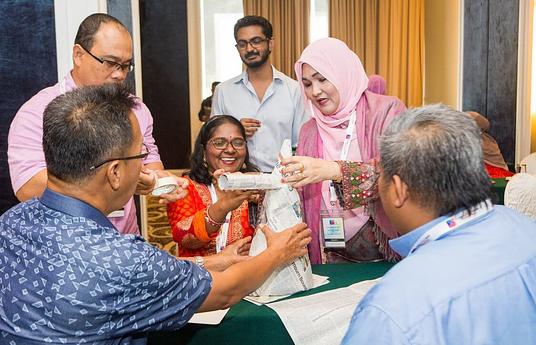Each process of change emphasizes the importance of leadership for the success of the change. Schools are no exception: as the world changes, the school needs to be reformed and it requires leadership.
However, school systems operate in very different ways at different levels . According to Canadian school developer Michael Fullan, the need for change in schools requires states, regions and schools all to pursue the same goals. Similar thoughts have also been made by Sir Ken Robinson.
KuntaKesu is a model developed in Finland for the management of municipal education. The model is aimed at the municipal level, which in Finland is mostly responsible for providing and organizing education. The model is one of way to design and lead a complex training organization.
The model prepared by the Finnish National Agency for Education (EDUFI) is intended to support strategic planning in municipalities and it helps to combine the municipality's own development needs with national policies and objectives. KuntaKesu provides a good example for those who do not yet have a strong local strategy or similar plan. It is used in about one third of the Finnish municipalities.
The four key themes of the KuntaKesu include student learning, staff competence, sustainable wellbeing and leadership.

All themes are explored from the individual’s and the community’s point of view.
Municipalities can implement the model if they want to use a new way to strategically plan education. The model can be introduced as such or customized to fit your needs. The education provider’s development plan can also serve as support and a catalyst for local education policy debate.
KuntaKesu is a large entity, and the following steps attempt to explain what it means at different levels of education: in the municipality, at school and at the individual level. In different educational systems, the municipal level may be substituted with other training providers, and the model can be used even if the education system differs from the Finnish one.
It should be noted that the implementation of a KuntaKesu-type strategic plan requires that the state has a long-term approach and commitment to education and that the contents of education or the educational policies won’t vary from one election to another, for example.



